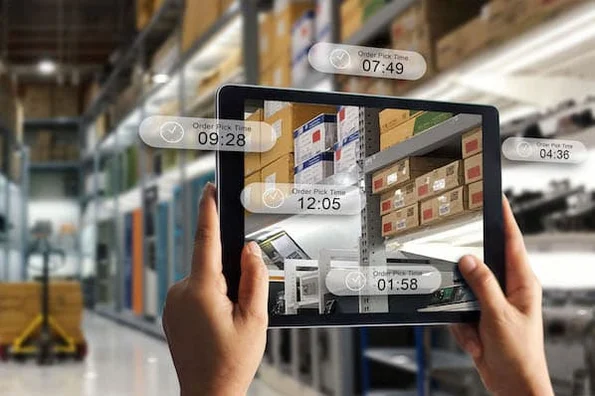To find some answers, we surveyed 100+ sales professionals to uncover whether they're returning to the office or not. Let's dive in.
The Current Landscape
Here's a benchmark of where salespeople are working right now:

Currently, working in-office is the dominant arrangement for sales professionals, followed by remote work (33%) and hybrid (26%).
There's a good chance these numbers will fluctuate as the year progresses. Let's take a pulse check on where salespeople plan to work this year:

Salespeople are almost evenly divided about where they plan to work in 2023. A third plan to work remote, while another third plan to work hybrid.
Hybrid work, in particular, has been picking up steam over the past few years, as many workplaces see it as a comprise between remote and in-office work. This was confirmed in a 2022 survey by Microsoft that found hybrid work models continue to rise year-over-year.
Employers seem to be taking notice: 38% have upgraded their technology to allow for more hybrid collaboration, and 22% have reduced office space.
Where do salespeople prefer to work in 2023?

Out of the three options — in-office, remote, and hybrid — salespeople prefer to work remote. Hybrid and in-office work are neck-and-neck for second place.
All three options have unique advantages and disadvantages. For instance, with remote work, salespeople can skip the commute, work flexible hours, and execute day-to-day selling activities without a hitch.
At the same time, sales involves a certain human element that can get stifled in virtual sales. Plus, salespeople are still ironing out best practices and strategies for remote work. For instance, one study found that only 26% of buyers believe salespeople are skilled at leading a virtual discovery meeting.
For sales leaders, finding a happy medium between their teams' workplace preferences and the business' overall needs is the challenge. In some cases, as you'll see in the next section, these factors don't align.
Would salespeople change workplaces to work remotely?
.png?width=500&height=350&name=Sales%20Office%20Return%20(2).png) More than a third of sales professionals would change workplaces if required to return to the office, with an additional 21% undecided.
More than a third of sales professionals would change workplaces if required to return to the office, with an additional 21% undecided.
Another study found that 1 in 4 employees are actively seeking new job opportunities that provide greater flexibility and work-life balance — which are notable perks of remote work.
What does this mean for you?
It's no secret that employee expectations and preferences shifted during the pandemic, and working in-office is met with mixed reviews.
If you're a sales leader, it's time to take stock of how remote selling impacts your team and their ability to perform. Ultimately, what you sell, your industry, and your company's needs and priorities will greatly influence how you structure your team in 2023.
Sales Trends

.jpg)

![5 sales trends that could fizzle this year [new data]](https://53.fs1.hubspotusercontent-na1.net/hubfs/53/dying-sales-trends-1-20251014-6087185.webp)
![5 predictions on the future of sales [+ new data & expert insights]](https://53.fs1.hubspotusercontent-na1.net/hubfs/53/sales-trends-1-20251014-517854.webp)
.jpg)
.jpg)

